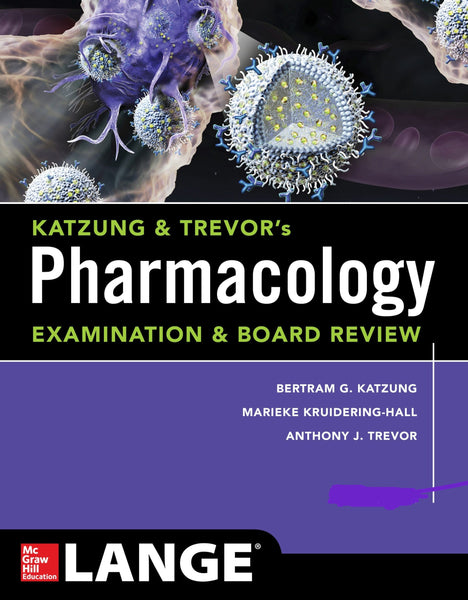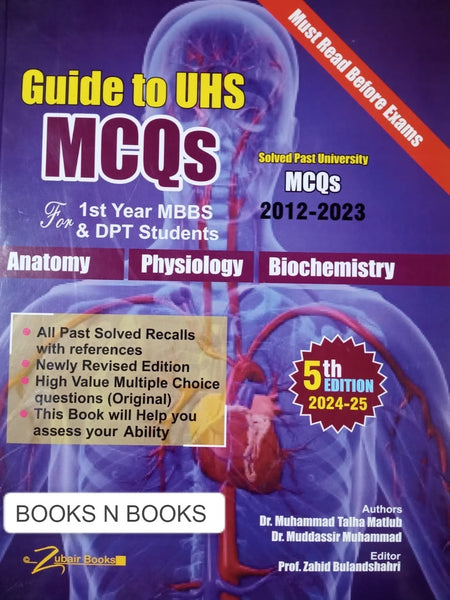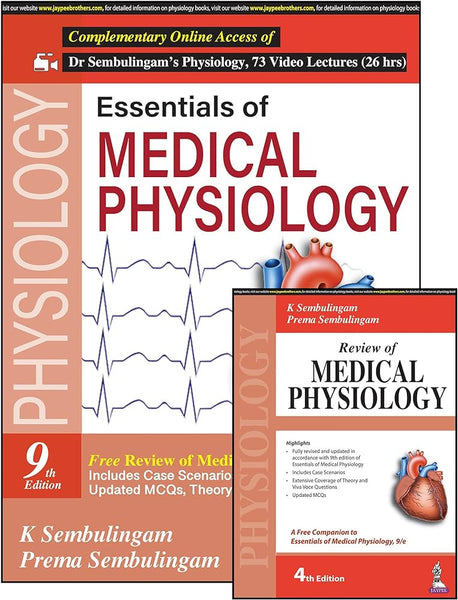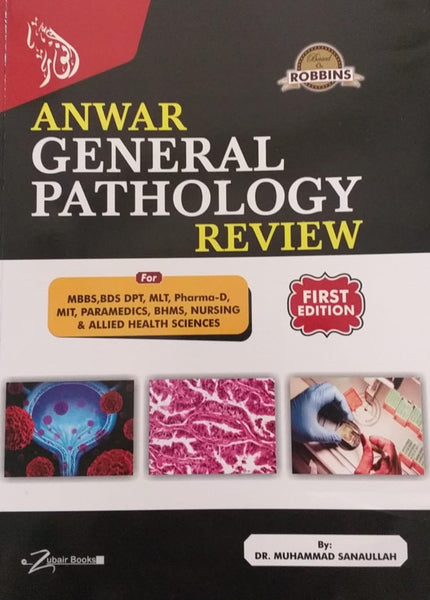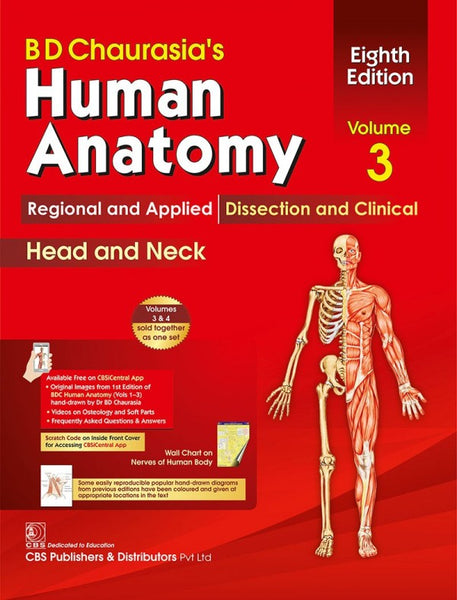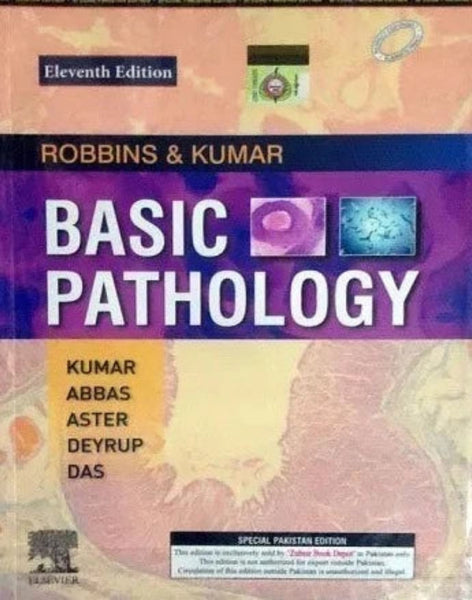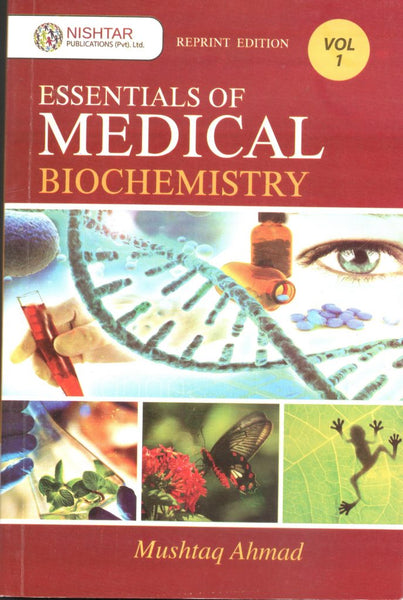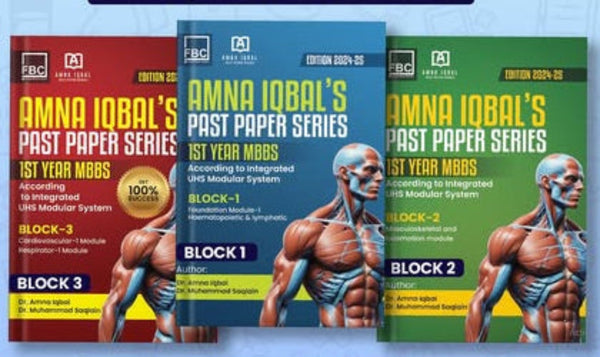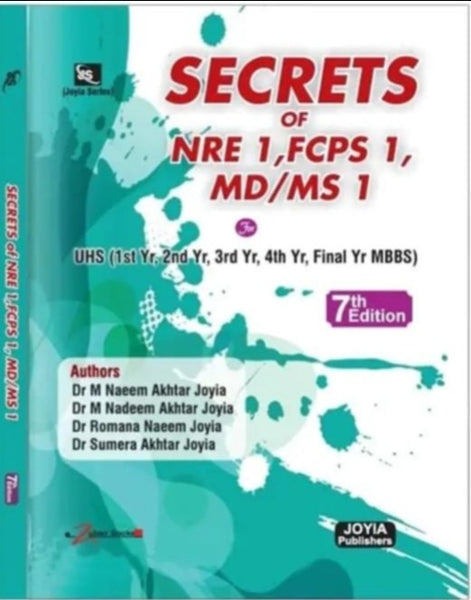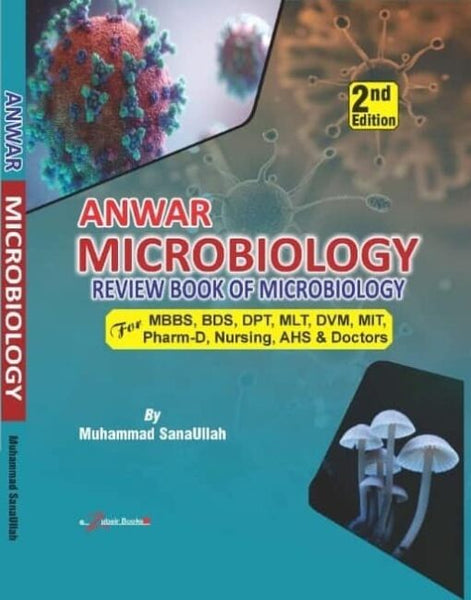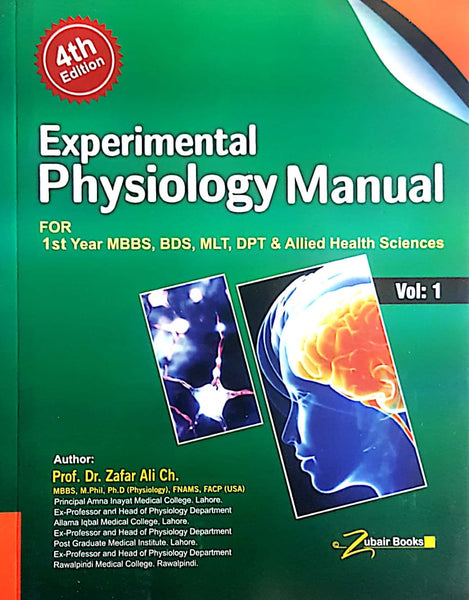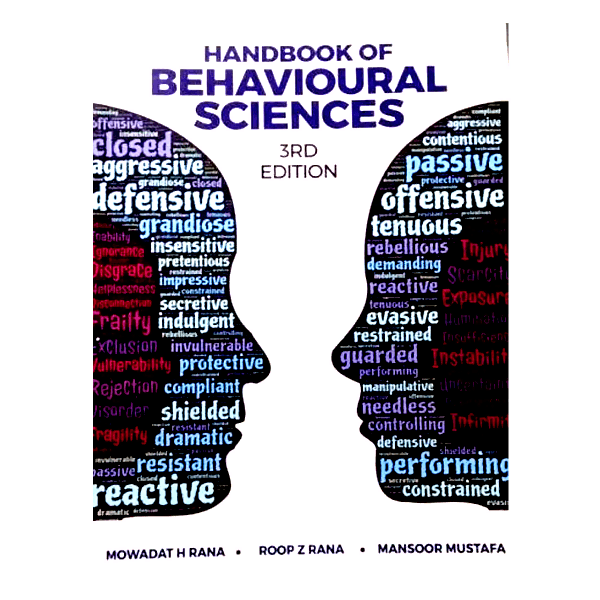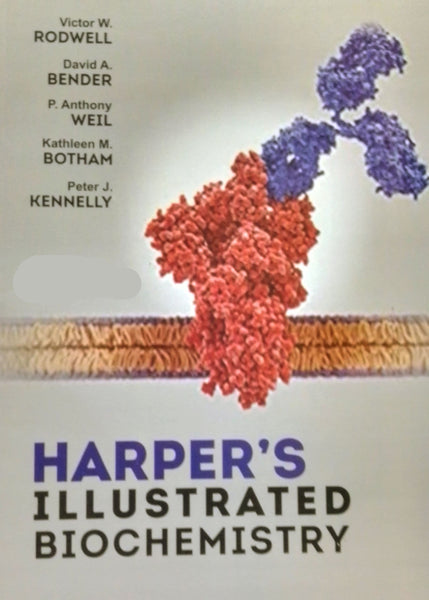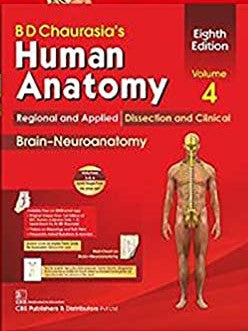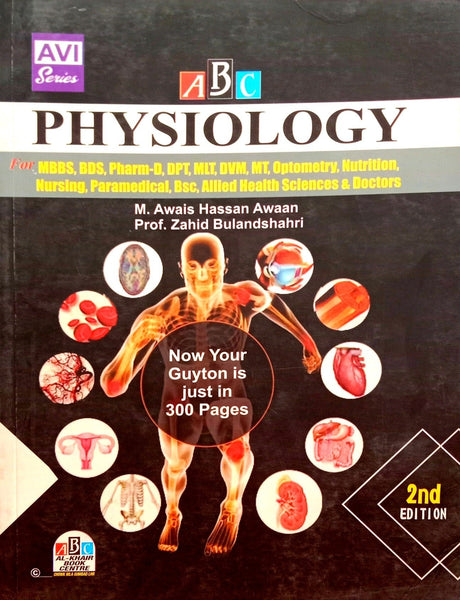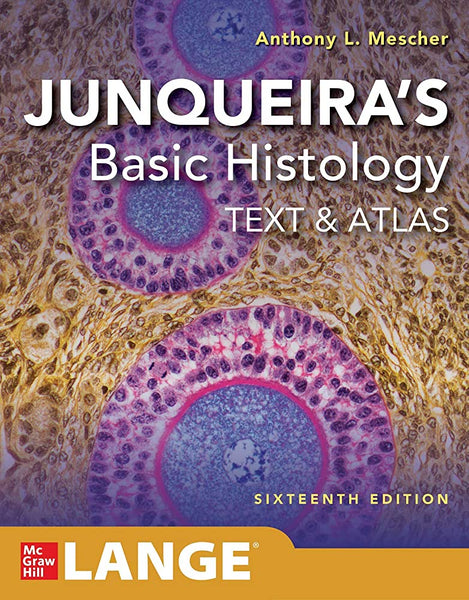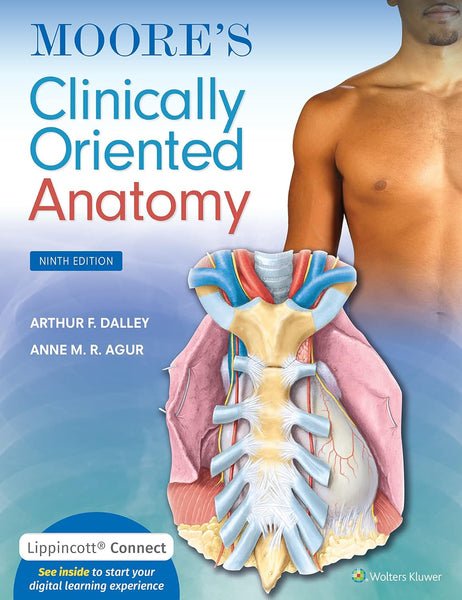1ST YEAR MBBS
The 1st year MBBS curriculum under the University of Health Sciences (UHS) in Pakistan has undergone changes to align with the evolving needs of medical education and healthcare practices. As of 2024, the syllabus and pattern have been updated to offer a more comprehensive understanding of medical sciences while integrating modern advancements in the field. Here's a detailed description of what the curriculum entails:
1. **Basic Medical Sciences**: The curriculum begins with a strong foundation in basic medical sciences, including anatomy, physiology, and biochemistry. Anatomy covers the structure of the human body, including organs, tissues, and systems. Physiology delves into the functions and mechanisms of these structures, while biochemistry explores the molecular basis of life processes.
2. **Behavioral Sciences**: Understanding human behavior and its impact on health outcomes is integral to medical practice. Therefore, the curriculum includes behavioral sciences, covering topics such as psychology, sociology, and medical ethics. Students learn about patient communication, cultural competence, and ethical dilemmas commonly encountered in medical settings.
3. **Pathology and Pathophysiology**: Pathology focuses on the study of diseases, including their causes, mechanisms, and effects on the body. Pathophysiology explores the physiological changes that occur as a result of disease processes. Students learn to recognize pathological conditions, understand their underlying mechanisms, and correlate them with clinical presentations.
4. **Pharmacology**: Pharmacology is the study of drugs and their effects on the body. Students learn about drug classification, mechanisms of action, pharmacokinetics, and pharmacodynamics. Additionally, emphasis is placed on rational drug prescribing, adverse drug reactions, and drug interactions to ensure safe and effective patient care.
5. **Microbiology and Immunology**: Microbiology deals with the study of microorganisms, including bacteria, viruses, fungi, and parasites, and their role in infectious diseases. Immunology focuses on the body's immune system, including its defense mechanisms and the pathogenesis of immune-related disorders. Students learn about microbial identification, disease prevention strategies, and immunological principles.
6. **Community Medicine**: Community medicine, also known as public health, emphasizes the promotion of health and prevention of diseases at the population level. Students learn about epidemiology, biostatistics, environmental health, and healthcare delivery systems. They gain an understanding of public health interventions, disease surveillance, and health promotion strategies aimed at improving community well-being.
7. **Integrated Learning**: The curriculum is designed to promote integrated learning, where students apply knowledge from various disciplines to solve clinical problems. Case-based learning, problem-based learning, and simulation exercises are used to enhance critical thinking, clinical reasoning, and decision-making skills.
8. **Clinical Skills**: In addition to theoretical knowledge, students develop clinical skills essential for medical practice. These include history-taking, physical examination, communication skills, and procedural competencies. Clinical rotations in various specialties allow students to gain hands-on experience under the supervision of experienced healthcare professionals.
9. **Research and Professional Development**: Research literacy and professional development are integral components of the curriculum. Students learn to critically appraise medical literature, conduct research projects, and adhere to ethical principles in scientific inquiry. Additionally, emphasis is placed on professionalism, empathy, and lifelong learning to prepare students for their roles as compassionate and competent physicians.
Overall, the 1st year MBBS curriculum under UHS Pakistan's new syllabus and pattern aims to produce well-rounded medical professionals equipped with the knowledge, skills, and attitudes necessary to meet the healthcare needs of their communities and contribute to advancements in the field of medicine.

